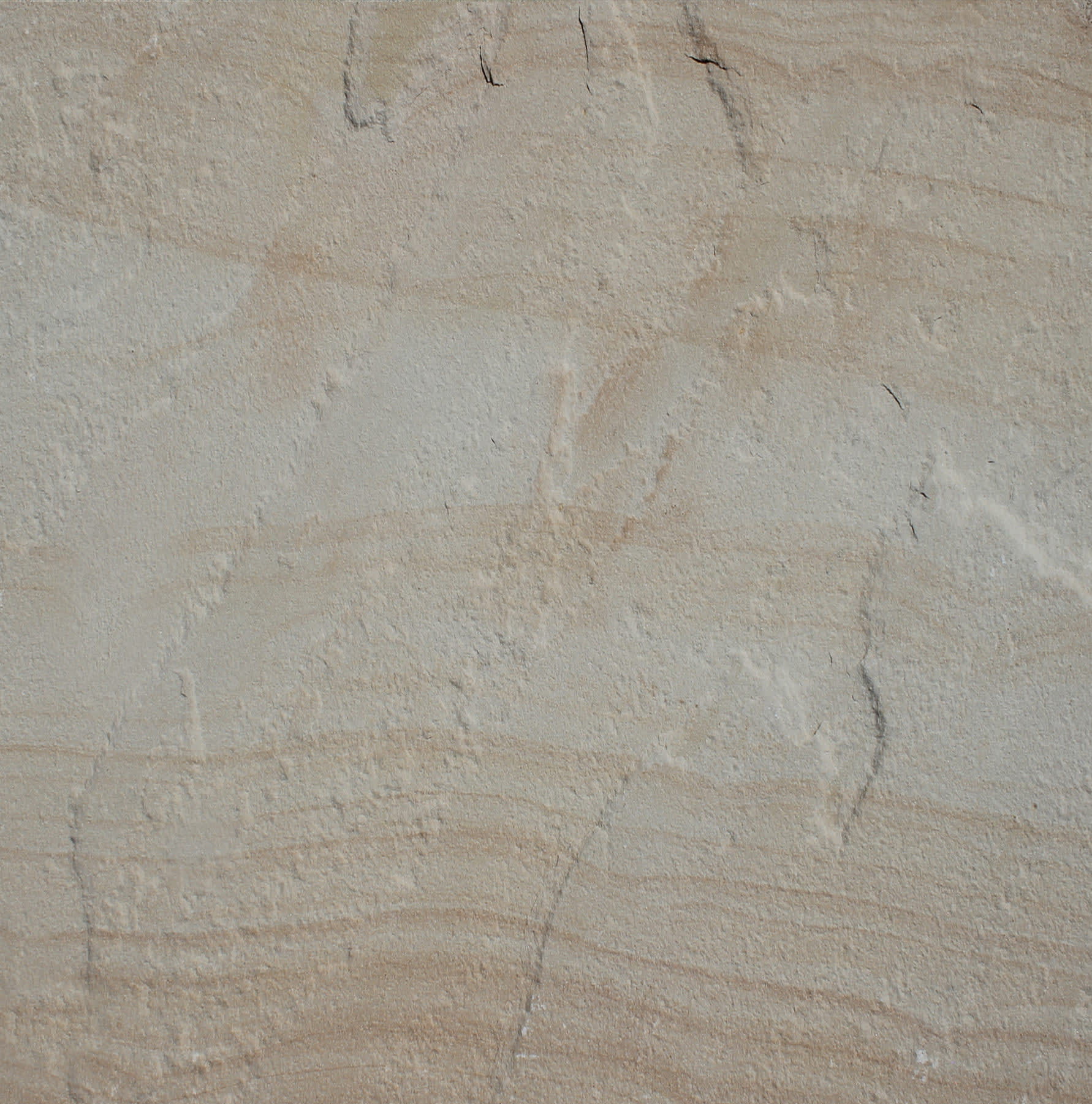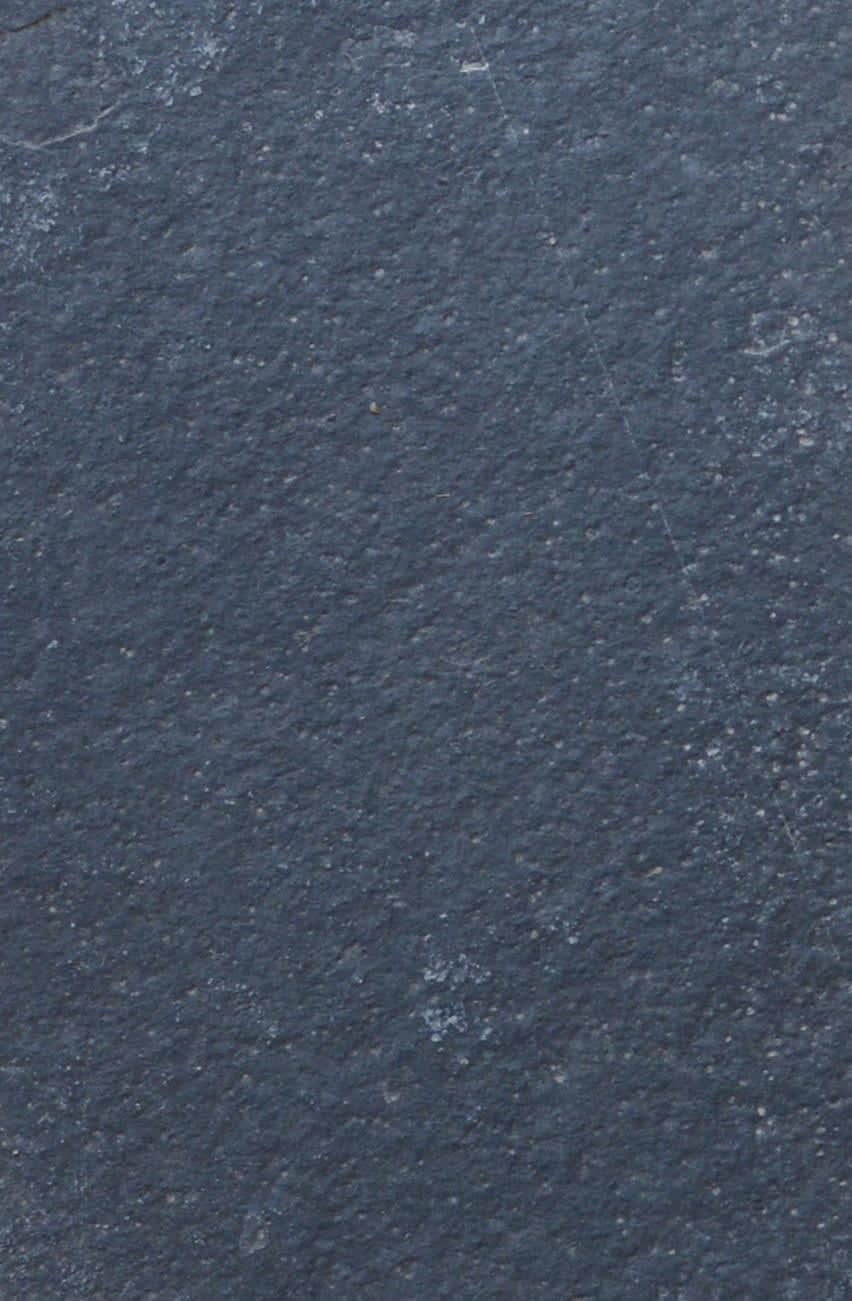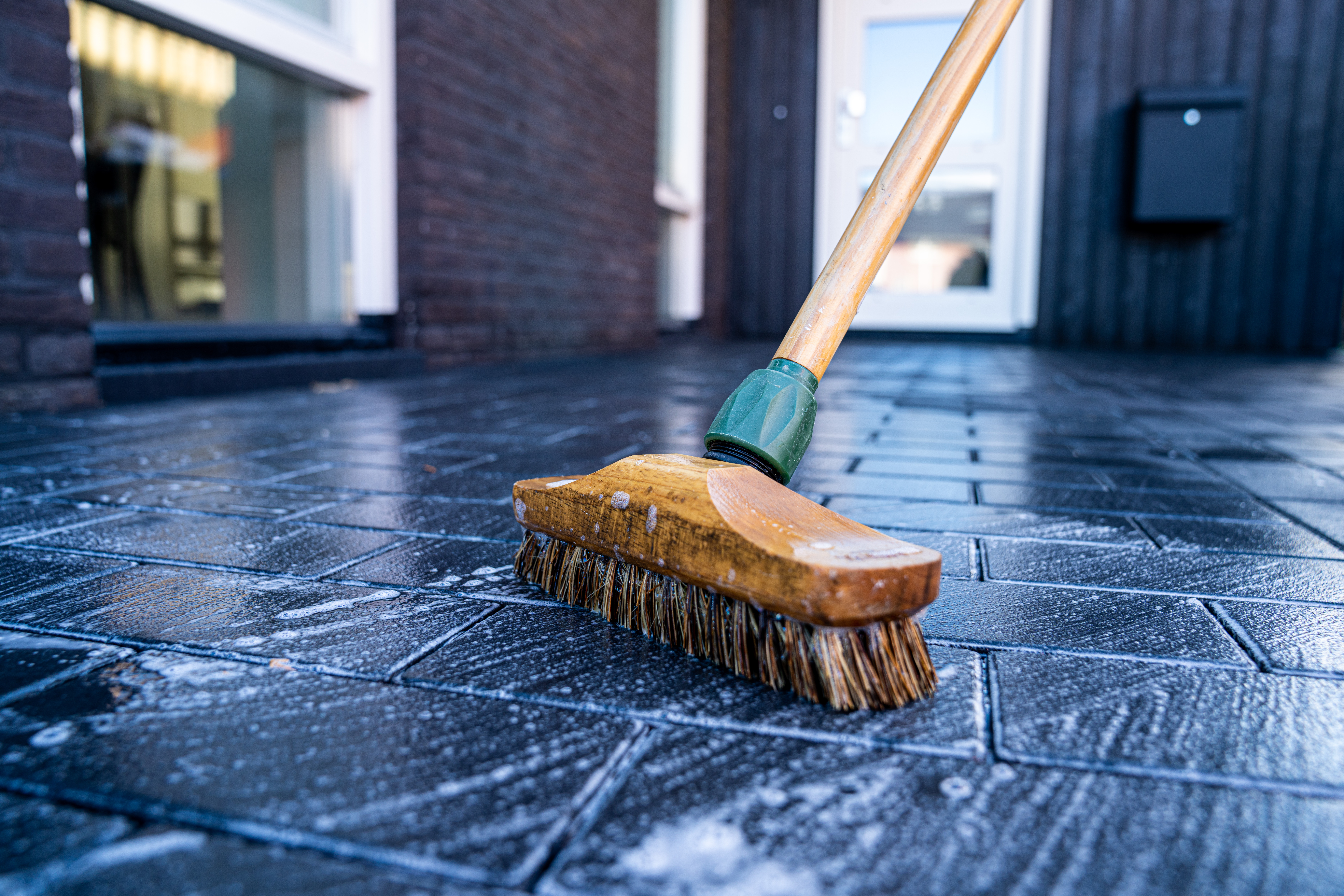Garden Patio Slabs
(20 Products)Don't settle for a boring and uninspired outdoor area – choose paving slabs that elevate your space. Not only will our comprehensive range of paving slabs extend your outdoor living area but they'll also bump the value of your property - all while adding charm to your garden aesthetic.
Types of Patio Slabs
There is a wide range of garden paving slabs available on the market, all of which are manufactured from different materials and thus, different properties. For example, slate paving slabs, porcelain paving slabs and granite paving all offer something different in the way of performance.
What's more, with so many paving slab sizes, colours and styles to choose from - from the warmth of natural stone paving to the luxury of stone paving such as limestone and Indian sandstone - it can be hard to know which is best for your project.
So how exactly do you choose the right paving slabs for your garden? When it comes to actualising your dream garden, everyone is entirely unique in their creativity, ideas and the area they have available; some desire paving that is light grey, others a dark grey and those looking to complement the existing nature of their outdoor space, tend to adopt rich earthy tones.
Here at Materials Market, we understand this mission to craft a space that is unique to you and provide diverse sizes of paving slabs so you can achieve your desired look with ease. No matter what space you're working with, we make sure that each garden or patio project has its own individual touch by stocking a quality range of landscaping products.
Below, we will take an in-depth look at the garden slabs we stock at Materials Market to assist you in finding the perfect paving slab.
Concrete Paving
Concrete paving, otherwise known as reconstituted stone, involves moulding a mixture of cement, sand, water, and stone, which is then left to cure. This process produces a sturdy and long-lasting surface that offers numerous colour and texture options.
For those looking to spruce up their outdoor area, concrete pavers are the perfect flooring solution. Whether it's a driveway, patio, walkway or any other residential and commercial surface - concrete paving stones concrete offer endless possibilities in terms of sizes, shapes and vibrant colours.
Indian Sandstone Paving
Indian sandstone patio paving slabs are a remarkable type of natural stone that is often used to create outdoor patios, dining areas and pathways.
Gleaned from the enchanting country India - widely known for its gorgeous naturally veined stones - these special slabs bring an aesthetic charm like no other.
Limestone Paving
Limestone is nothing short of timeless. From churches to mansions, schools and museums - limestone has been the material of choice for construction throughout history.
Its durability makes it perfect for standing up to time's wear-and-tear. Even after centuries, we can still find structures made from limestone that are stunningly intact!
What's more, limestone makes for cheap paving slabs and is an excellent material for patio floors due to its resilience to the elements. It can be easily cut, making installation simple and cost-effective, resulting in a flawless finish.
Frequently Asked Garden & Patio Paving Questions
What Is The Difference Between Sandstone & Limestone Paving?
Limestone brings a rough and earthy feel to your outdoor space, offering up an orange-peel texture alongside its occasional natural split surface. On the contrary, sandstone has a more modern aesthetic with its sawn finish and rippled texture - perfect for those looking for something contemporary.
Should I Put Anything Under Patio Stones?
Pavers can be installed with the time-honoured technique of sand-set paver base. This approach requires a bedding layer of sand between the pavers and their foundation. Once the base layer of sand has been spread out across the area, pavers are placed above it and then pressed firmly into place to fully secure them.
Is It Okay to Lay Paving Slabs Without Gaps?
Butt Jointing is a landscaping technique that involves "butting" paving stones next to each other without any joint space. Even though it can create an aesthetically pleasing, minimalistic look, this method often leads to problems down the road since there’s no room for grout between the stones.
How Long After Laying Slabs Can You Walk On Them?
After installing your paving slabs, it is vital to refrain from walking on them until the mortar has had ample time to dry. Generally, this takes between 24-48 hours after you complete the pointing process.
What Are Paving Flags?
The locals of Lower Britain have long maintained that flags are "slabs," regardless of whether they are composed of concrete or natural stone. As it turns out, they were in the right all along! In accordance with British Standard BS 7533:42006, a flag is defined as a precast concrete unit employed for surfacing purposes; its length must not exceed one meter while its thickness divided by length should be greater than four.
Is Natural Slate Good For Paving?
Slate paving is an ideal stone to use for pathways, driveways and patios due to its rich colours, durability and strength. Its unique qualities may make installation a bit more challenging as compared to other types of stones; however, the results are truly worth it!
If you desire something with a deeper hue, then Slate could be your go-to choice; however, if it's subtlety and lighter shades that are catching your eye, Limestone would bring those tones to life. Plus the added benefit is its consistent colouring!

.jpg)


.jpg)


.jpg)


.jpg)


.jpg)

.jpg)

.jpg)
.jpg)











